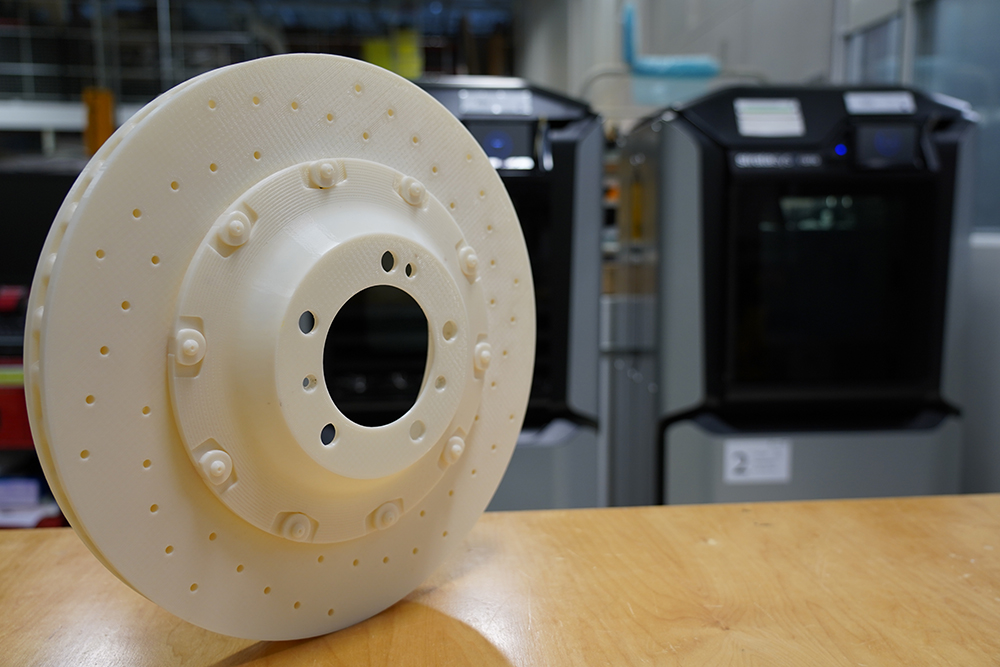
British luxury carmaker Bentley is currently enjoying considerable commercial success, and part of the financial windfall generated by record sales is being invested into its manufacturing facilities. Much of this has to do with the firm’s goal of becoming a carbon-neutral producer of mostly electric cars by 2030, and a staggering £2.5 billion is being spent on readying the grand old name for the future. The biggest chunk of money is being invested in its plant in Crewe, England, and the company has just announced that it will double its 3D-printing capabilities as part of its “Beyond100” strategy.
The times when many parts had to be created by hand with help of expensive and complex tooling setups are more and more coming to an end, as 3D-printing (or additive manufacturing, as it is also called) is increasingly taking over. In 2021 alone, the automaker produced 21,000 components this way, and these printers are not just limited to making parts for production vehicles. Turning 3D CAD models into real-life objects using additive manufacturing can be used to create anything from simple tools like lightweight sanding block for workers in the body shop, to complex and historically accurate tooling kits for projects like the Blower Continuation model.
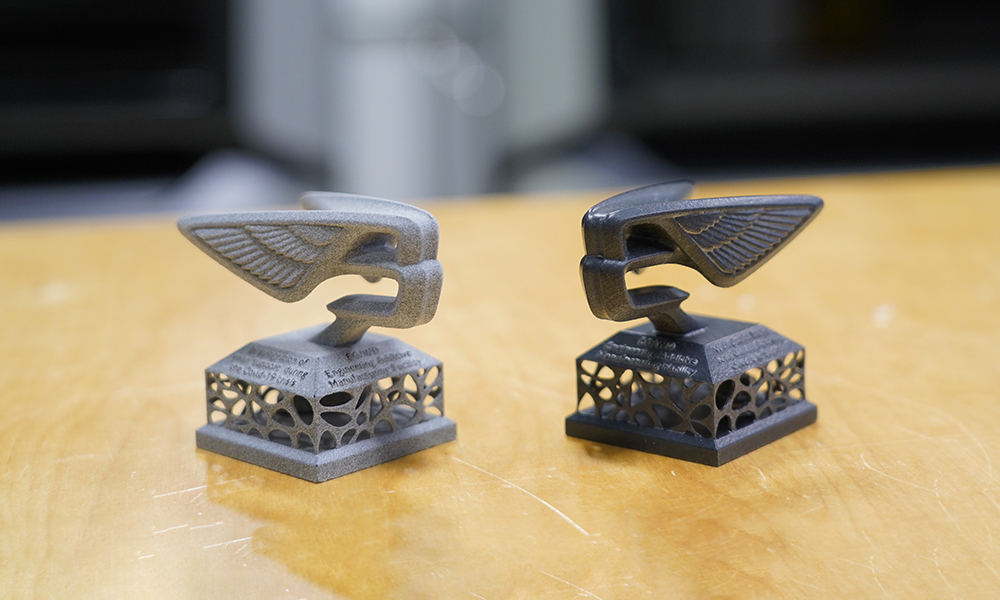
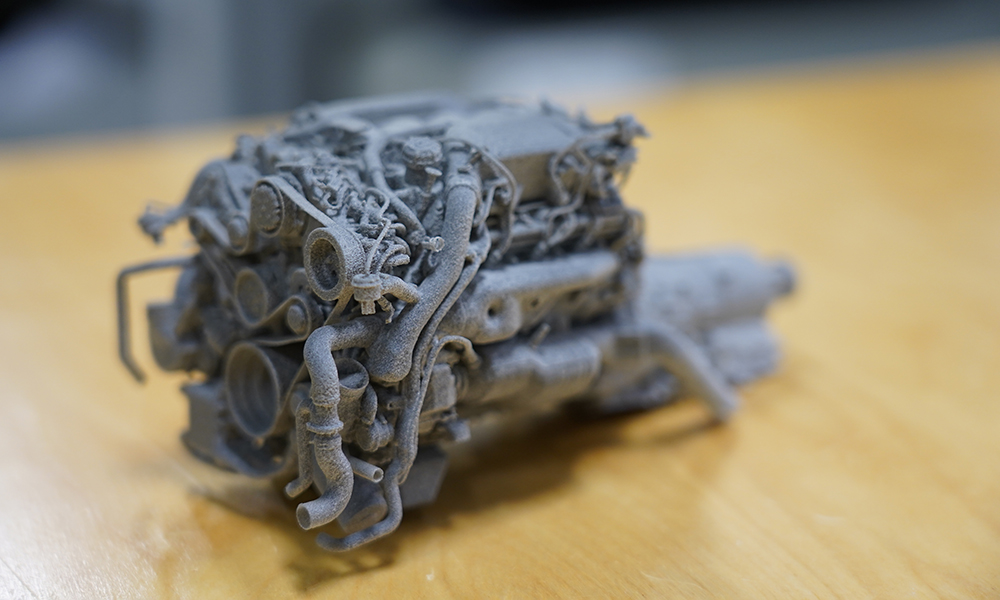
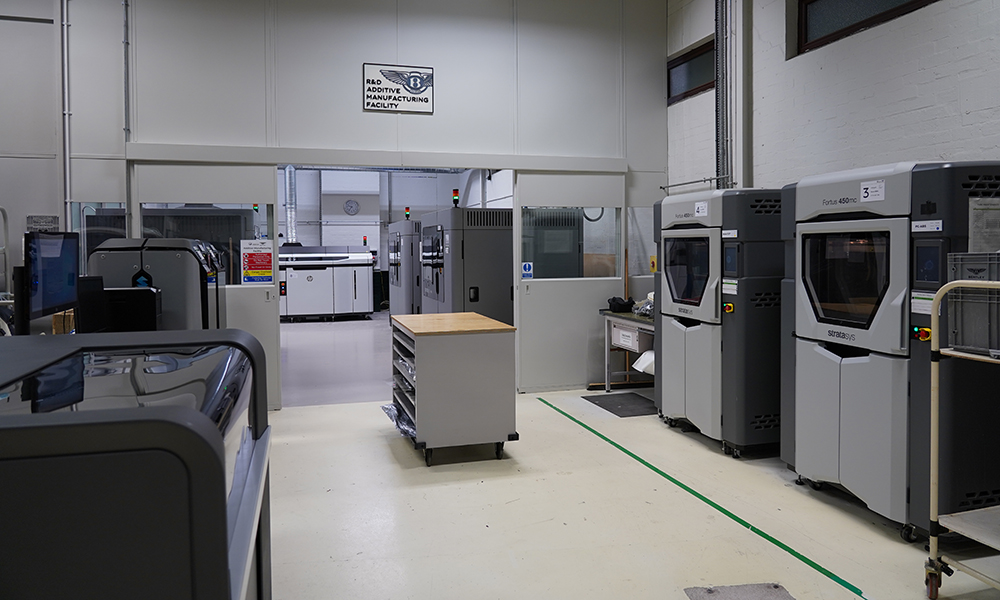
Parts created this way have been used as wind-tunnel scale models in prototypes, and to create special vehicles like the Continental GT3 that raced up Pikes Peak. The technique can also be utilized to fulfill customer wishes when it comes to customizing production cars, and the printers used to create all this magic have little in common with the basic machines you can buy for home use. Those working away 24/7 in the automaker’s high-tech factory can create thousands of different parts from over 25 different material options. They also bring added accuracy and efficiency to the manufacturing process, with cost savings of up to 50% over traditional methods being achieved.
The announced £3 million investment in more 3D-printing equipment therefore may seem relatively small compared to the overall expenditure plans, but the payoff can be big. To ensure all new kits can be used effectively, the carmaker is also ramping up training courses for its staff across the factory. Where once pure craftsmanship and skilled hands created cars the old-fashioned way, modern techniques now carry this spirit of perfection toward a greener and more sustainable future.

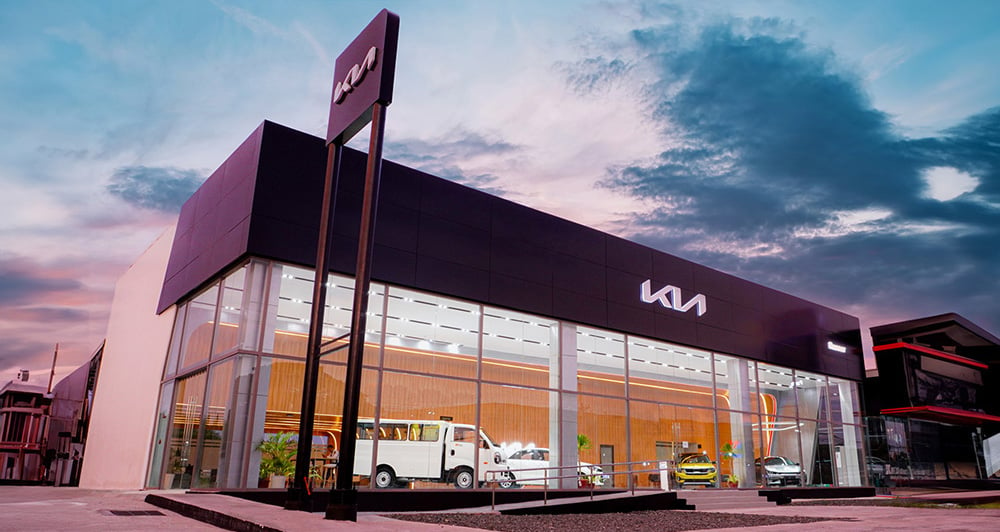


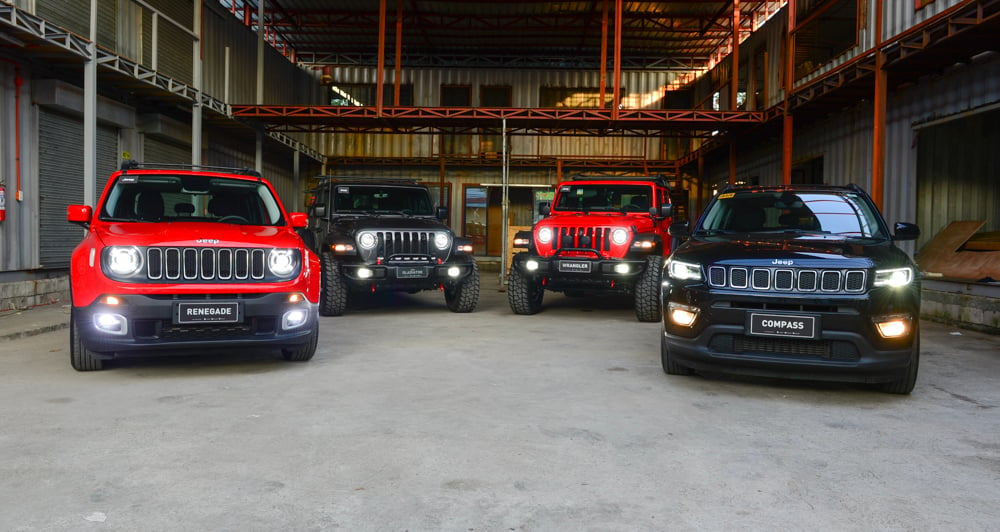

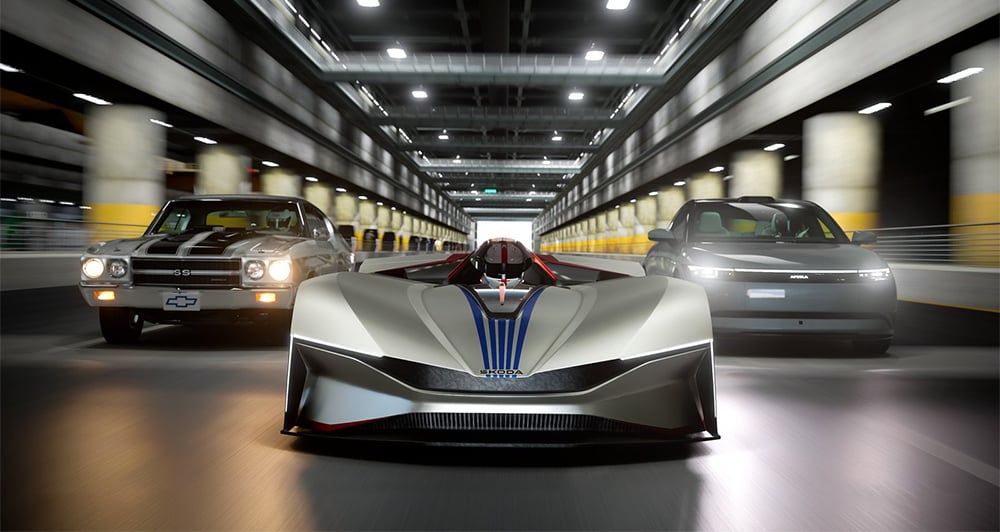
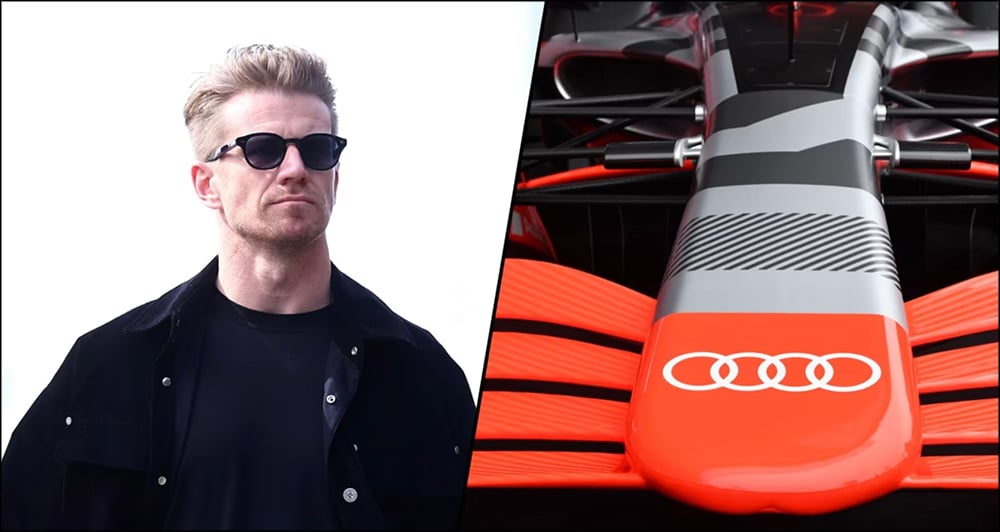
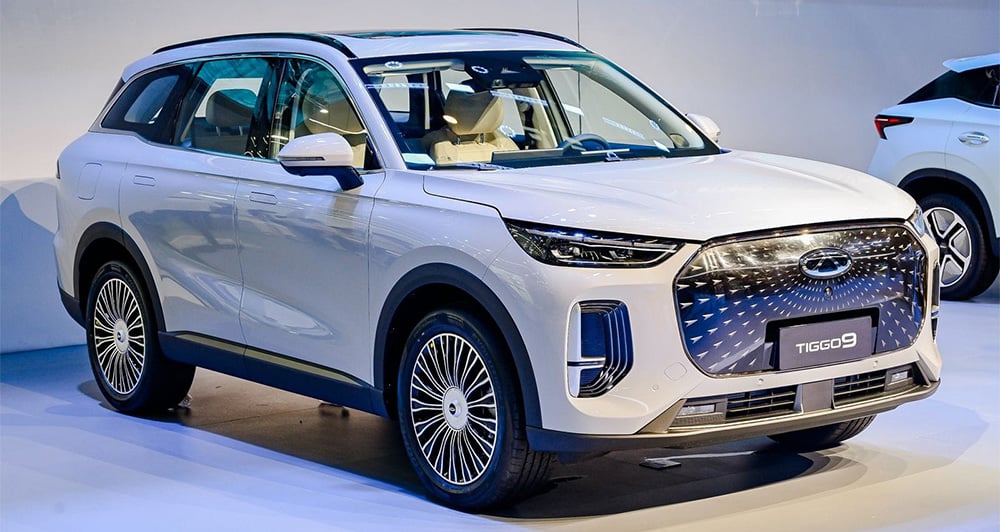
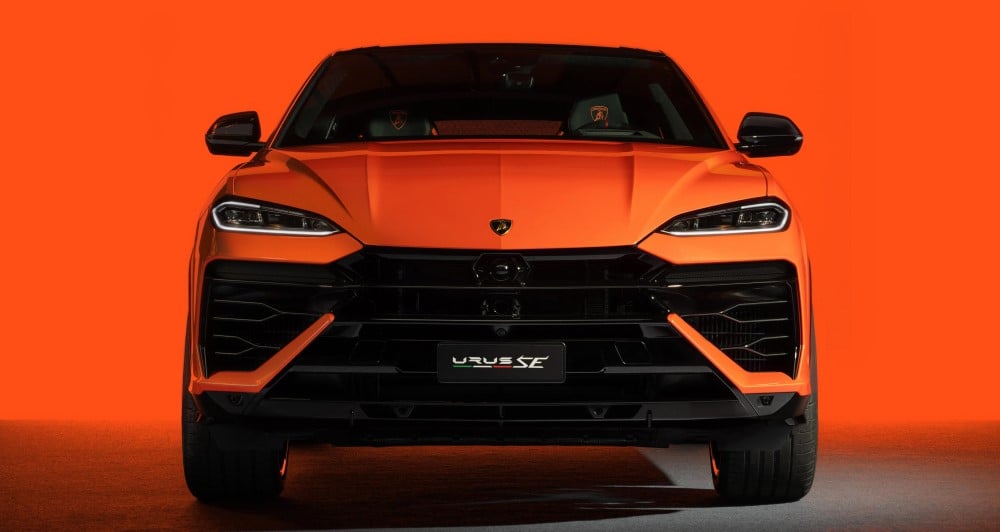
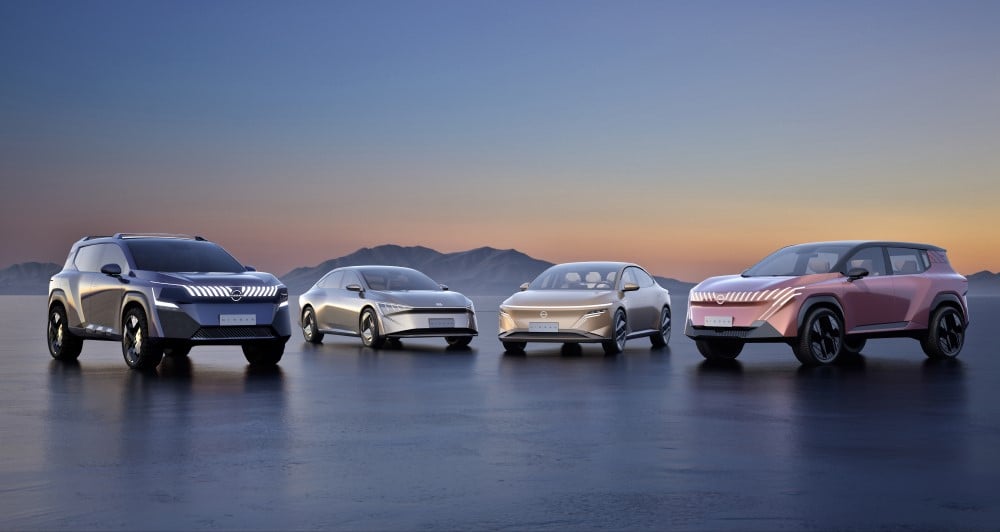
Comments